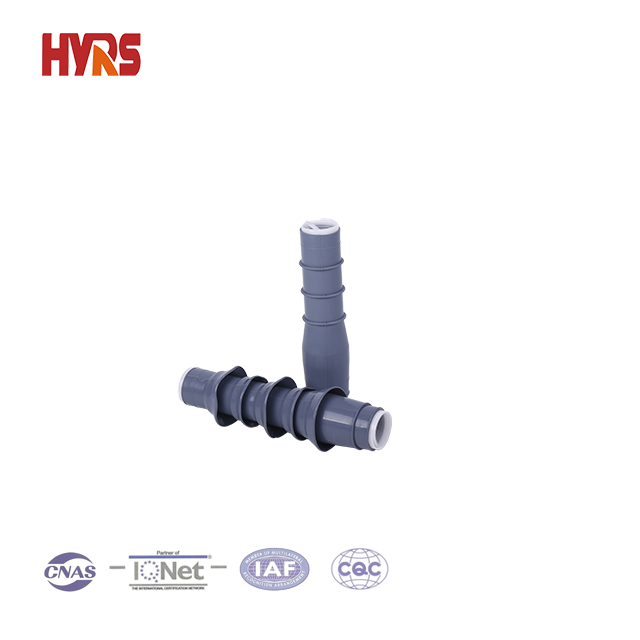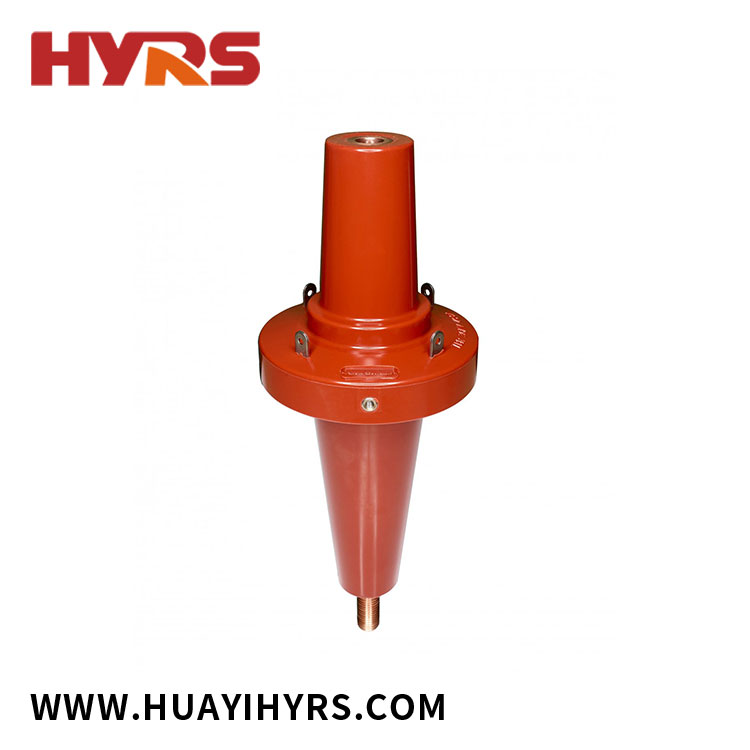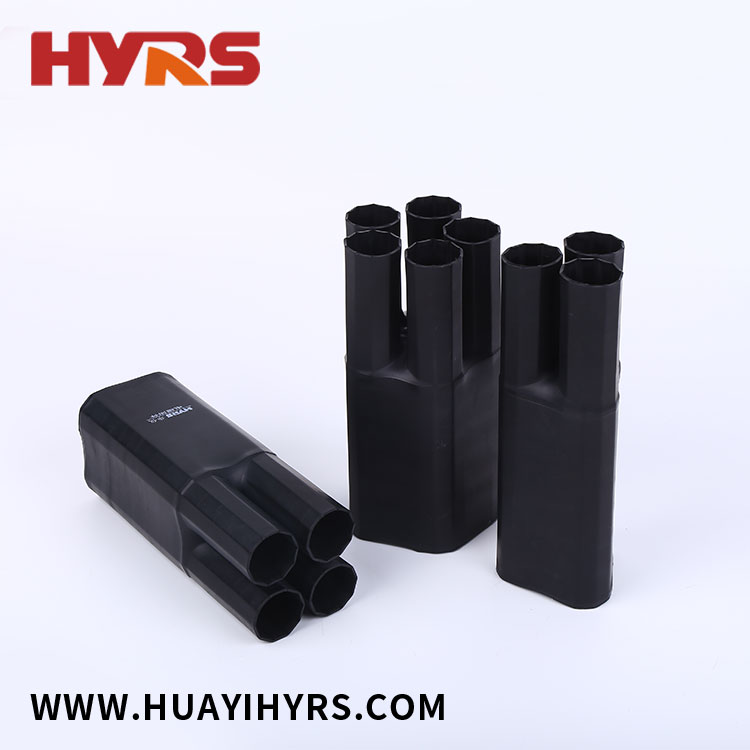Busbars are an important component of electrical power distribution systems. However, the bonding place of busbars is prone to damage, which can affect the overall performance and efficiency of the system. To prevent this, busbar covers are used to protect the bonding place of the busbars. In this article, we will discuss the different bonding modes of busbars and how busbar covers can help maintain their integrity.
Bonding Modes of Busbars
Busbars are typically bonded using one of three methods: bolted, welded, or brazed. Bolted bonding involves tightening bolts between the busbars, which can be adjusted if needed. Welded bonding involves the application of heat to melt the busbars together, with the heat being supplied through resistance or arc welding. Brazed bonding is similar to welded bonding, but instead of welding, a filler material is introduced to bond the busbars together.
Each of these bonding methods has its own pros and cons. Bolted bonding, for example, is easy to install and maintain but may require periodic tightening of bolts. Welded bonding provides a strong bond but can be more difficult to repair if damaged. Brazed bonding provides a strong and permanent bond, but it requires specialized equipment and expertise to complete.
Importance of Busbar Covers
Despite the bonding mode used, the bonding place of busbars still remains vulnerable to damage from external factors such as moisture, dust, and other debris. This can cause corrosion, which can weaken the busbar and ultimately impact the system's performance. To prevent these issues, busbar covers are used to provide an extra layer of protection to the bonding place of the busbars.
There are several types of busbar covers available in the market, including heat shrinkable busbar covers, T-type busbar covers, L-type busbar covers, and I-type busbar covers. Heat shrinkable busbar covers are made from heat-shrinkable materials that can be easily fitted over the busbar. T-type busbar covers are designed specifically for T-shaped busbars and offer a secure fit. L-type busbar covers are designed for L-shaped busbars and provide superior protection against moisture and other environmental factors. I-type busbar covers are used for I-shaped busbars and provide a snug fit for optimum protection against corrosion.
Conclusion
In summary, busbars are extremely important components of electrical power distribution systems. However, their bonding place can be prone to damage from external factors. To protect these vulnerable areas, busbar covers are used. There are several types of busbar covers available, each designed to fit different types of busbars. By understanding the different bonding modes of busbars and the importance of using busbar covers, you can ensure that your electrical power distribution system remains efficient, reliable, and safe for long periods of time.


 English
English  Español
Español  Português
Português  русский
русский  Français
Français  日本語
日本語  Deutsch
Deutsch  tiếng Việt
tiếng Việt  Italiano
Italiano  Nederlands
Nederlands  ภาษาไทย
ภาษาไทย  Polski
Polski  한국어
한국어  Svenska
Svenska  magyar
magyar  Malay
Malay  বাংলা ভাষার
বাংলা ভাষার  Dansk
Dansk  Suomi
Suomi  हिन्दी
हिन्दी  Pilipino
Pilipino  Türkçe
Türkçe  Gaeilge
Gaeilge  العربية
العربية  Indonesia
Indonesia  Norsk
Norsk  تمل
تمل  český
český  ελληνικά
ελληνικά  український
український  Javanese
Javanese  فارسی
فارسی  தமிழ்
தமிழ்  తెలుగు
తెలుగు  नेपाली
नेपाली  Burmese
Burmese  български
български  ລາວ
ລາວ  Latine
Latine  Қазақша
Қазақша  Euskal
Euskal  Azərbaycan
Azərbaycan  Slovenský jazyk
Slovenský jazyk  Македонски
Македонски  Lietuvos
Lietuvos  Eesti Keel
Eesti Keel  Română
Română  Slovenski
Slovenski  मराठी
मराठी  Srpski језик
Srpski језик 




